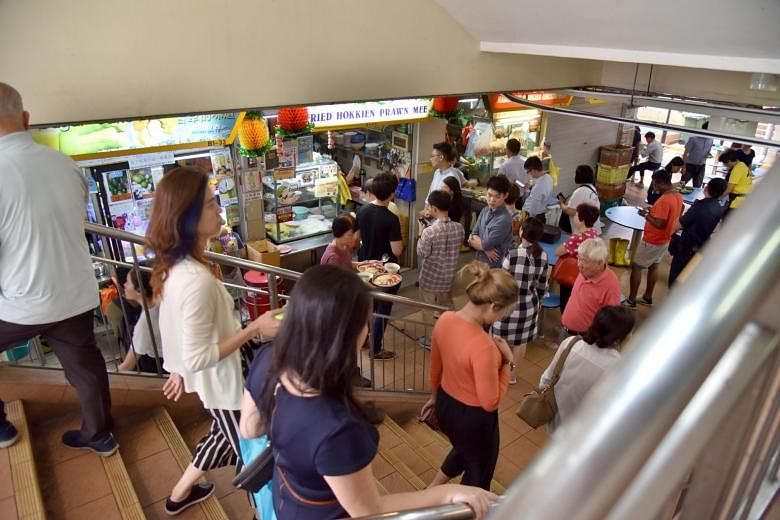Singapore hawker culture is a far cry from what it was in the 50s, 60s and 70s (Singapore submits Unesco bid to recognise hawker culture, March 29).
The food then, sold by hawkers carrying baskets or on bicycles, tricycles and motorcycles, brought joy to rich and poor alike.
With their hot woks or pots, they came calling almost every day.
The char kway teow seller let you understand the importance of wok hei.
And the laksa chap, with his pot overflowing with its delicious gravy, ladled out bowls that sent us to heaven.
The hawkers from those interesting times are no longer with us, but during periods of uncertainty, they were a constant in our lives. They also showed us what a little enterprise could do to keep one going.
People who ate their food then expected more for the little money that they worked so hard to earn.
That probably ensured that the hawkers worked even harder to ensure that the quality was there.
But the question is whether the food is still the same now, and as good.
It is difficult for me to fully appreciate modern hawker centres today, which to me seem artificial.
Much has unfortunately been lost in the process of going from the roads to hawker centres, from the actual feel and touch, to the smells and flavours of the original dishes.
Manoraj Rajathurai

